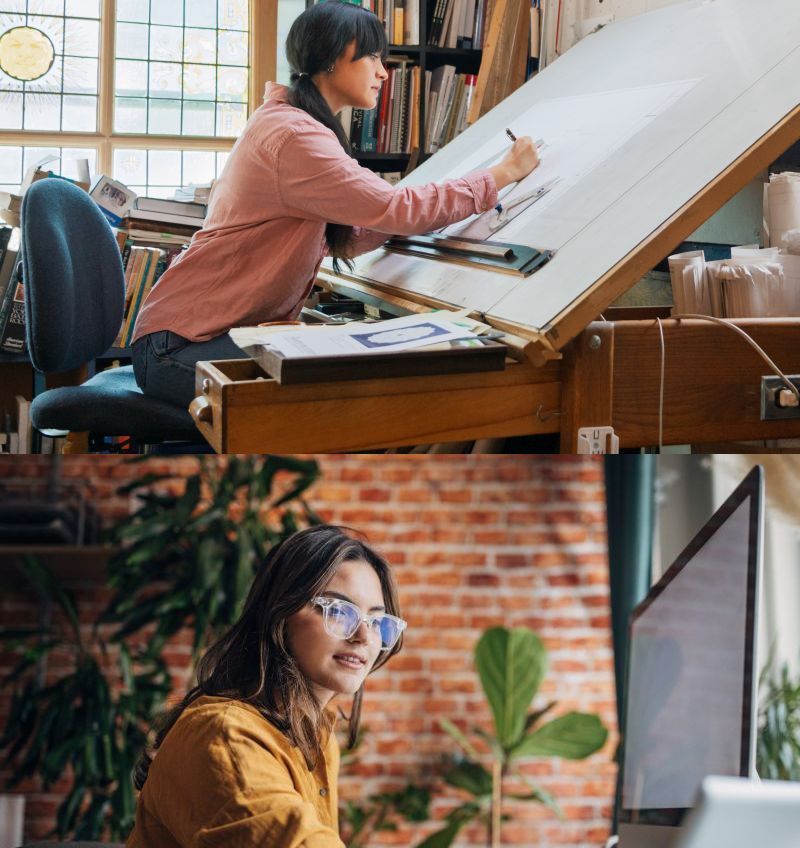From Drawing Tables to AI: How Technology Assists Creativity

When advertising agencies first transitioned from hand-drawn layouts to digital design, the industry experienced a dramatic shift. For decades, designers sat at drawing tables sketching ads for newspapers, magazines, and billboards. Then, suddenly, programs like Photoshop, PageMaker, and QuarkXPress became accessible, allowing agencies to move their creative work to computers.
At first, this wasn’t an easy leap. Many seasoned designers who had built their careers on illustration and drafting hadn’t even touched a computer. Meanwhile, clients sometimes questioned why they were paying for ads that were being “made by a computer,” not realizing the creativity, skill, and vision still required to bring ideas to life.
Fast-forward to today, and we’re seeing similar conversations around artificial intelligence. Some wonder if AI means creativity is being outsourced to a machine. But just as computers didn’t eliminate the need for talented designers, AI doesn’t replace the people behind the work; it simply adds another tool to the creative toolbox.
At MINT, we view AI the same way we view Photoshop or Illustrator: as a resource that can help us work smarter and faster, while still relying on the human creativity that drives meaningful branding and marketing. If we do utilize AI, our team members use it thoughtfully, as a starting point, a way to streamline processes, or a means of enhancing efficiency, never as a replacement for the originality and strategy that our clients trust us to deliver.
We’ve also created an internal AI policy to ensure we’re using the technology responsibly. That means:
- Protecting client confidentiality by never inputting sensitive information.
- Using AI ethically, as a supportive tool rather than a substitute for creativity.
- Staying transparent with clients about how and when we incorporate it.
One of our core values is adaptability. The marketing and advertising industry is constantly evolving, and we take pride in staying ahead of the curve. Whether it’s adopting new technologies, refining our processes, or rethinking the way we approach creative challenges, adaptability ensures that we’re always prepared to meet the shifting needs of our clients and the ever-changing industry landscape.
Technology will always evolve. Just as the drawing tables gave way to desktop computers, AI is carving out its place in the modern creative process. What hasn’t changed, and never will, is the need for human imagination to shape, guide, and inspire.